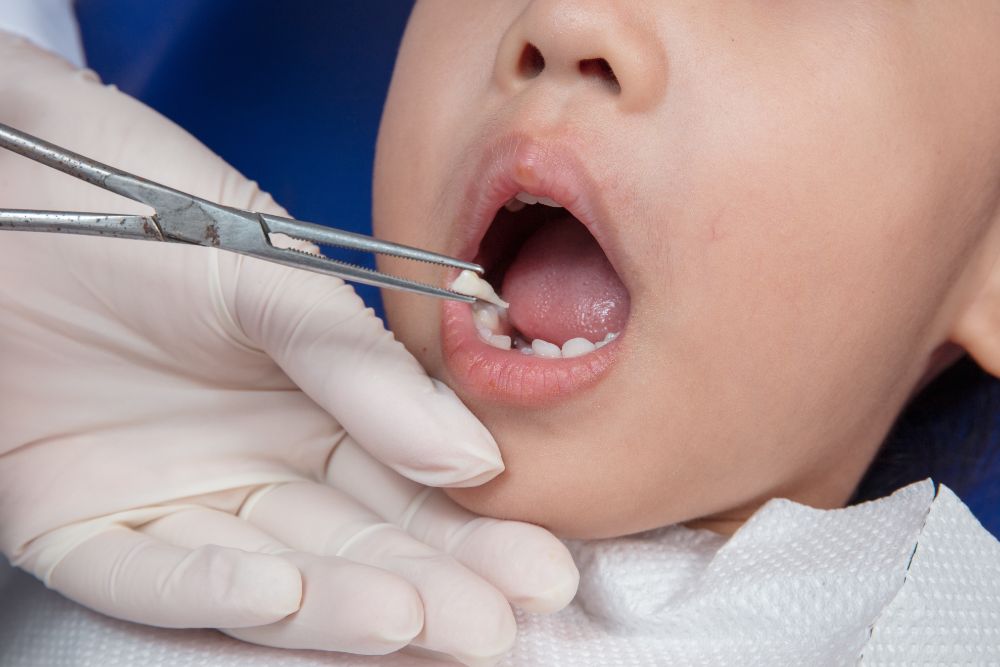A tooth extraction procedure involves removing a tooth from a patient’s gums. Although it is usually a routine and simple procedure, it may require surgical removal if the tooth is impacted. The difficulty level of a tooth extraction differs based on the location of the tooth that is being removed. For example, an impacted wisdom tooth that is right below the surface of the gum is most difficult to remove.
Indications that it is Time for a Tooth Extraction
- Overcrowded mouth
Sometimes, there is just not enough room in your mouth to accommodate new teeth or you need to prepare for braces or another form of orthodontic treatment. Teeth crowding is one of the major reasons why they shift into weird positions in the first place. A tooth extraction is necessary in these situations to create additional space in the mouth for your remaining teeth to be able to move and be aligned properly.
- Impacted wisdom tooth
Wisdom teeth, also known as your “third molars” usually emerge in your late teens or early twenties at the back of your mouth. However, there is often not enough space available for the wisdom teeth to fully erupt or even grow out at all. When this happens, your wisdom teeth become impacted and is unable to push through the gums properly. Through routine dental examinations, we can monitor your wisdom teeth to ensure that they are moving into your mouth as they should. However, if it doesn’t, this can damage your teeth, gums, jawbone and even your nerves. A wisdom teeth extraction will then be needed before their roots are fully formed.
- Damaged tooth
There are many ways that can cause your teeth to be irreparably damaged. You may have previously suffered from an injury or accident that affected your teeth. Alternatively, you may be suffering from severe or recurring tooth decay. What dentists can do is to repair and save your existing tooth via treatment methods such as a root canal surgeries or dental crowns. If these treatments do not work, it might be best to just extract the tooth and replace it with a solid dental implant, which looks and functions exactly like real, healthy teeth.
- Stubborn baby tooth
Oftentimes, your child’s baby teeth will fall out on their own in order to make space for his or her permanent teeth. Occasionally, a baby tooth may need to be extracted if it doesn’t fall out naturally. This helps prevent your child from needing orthodontic treatment in the future.
Understanding The Tooth Extraction Process
- X-rays
Dental X-rays will be taken to determine the exact position of the tooth’s roots and to examine the bone condition around the tooth.
- Medical history
Your dentist will review your medical history to ensure that you are suitable for the tooth extraction procedure. He or she will then proceed to discuss the different anesthesia options with you and set your appointment date.
- Anesthesia
A local anesthesia will be administered to numb the tooth to be extracted and the gums surrounding it.
- Extraction
Your dentist will loosen the tendon fibers around your teeth as carefully as possible to not damage the bone surrounding your tooth.
- Recovery
Recovering time is minimal. A few stitches may be needed. In most cases, you may need someone to drive you home so that you can rest well right after your extraction.
Need A Tooth Extraction Procedure?
Before you get the procedure
done, you should consult with an experienced dentist to make sure that you are
fully informed about the process. Call Dr.
Alex Rubinov at (718) 253-0800 today to make an appointment.

